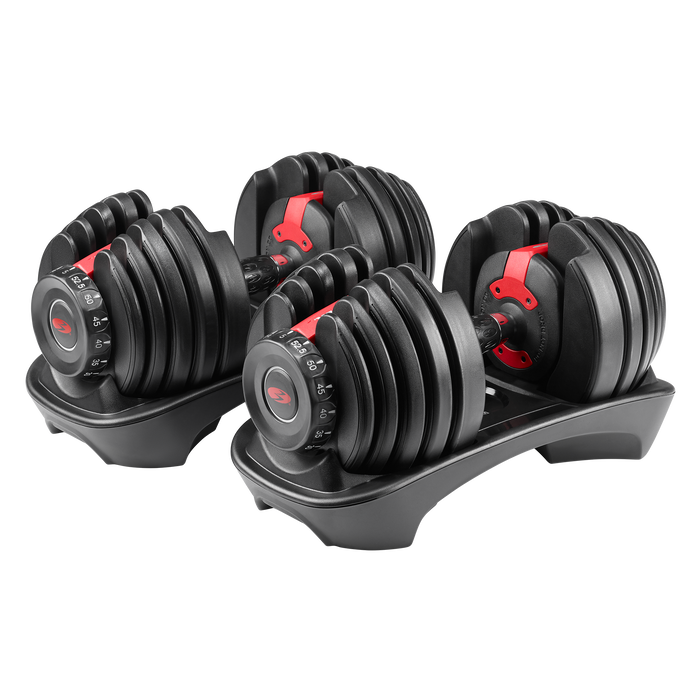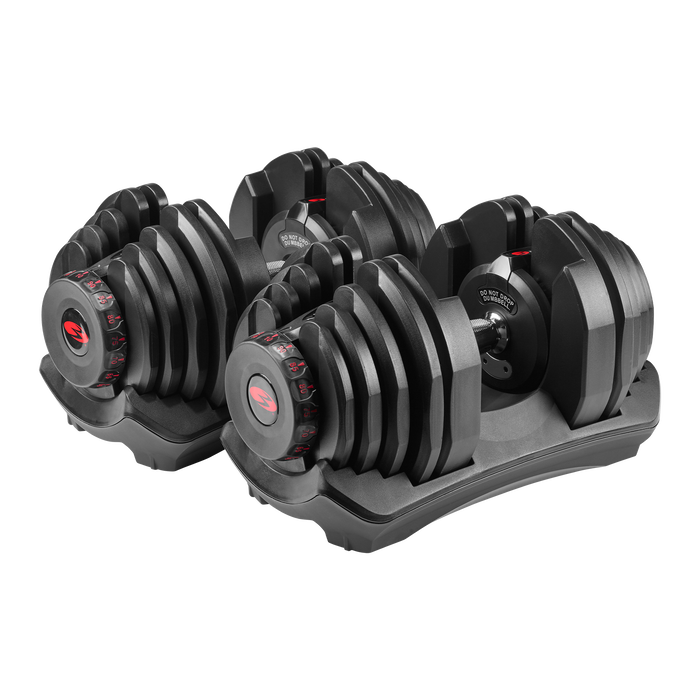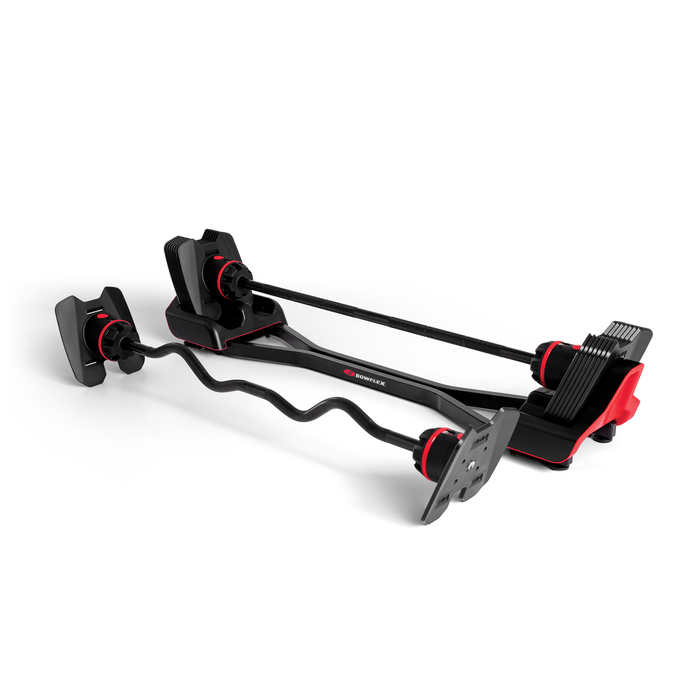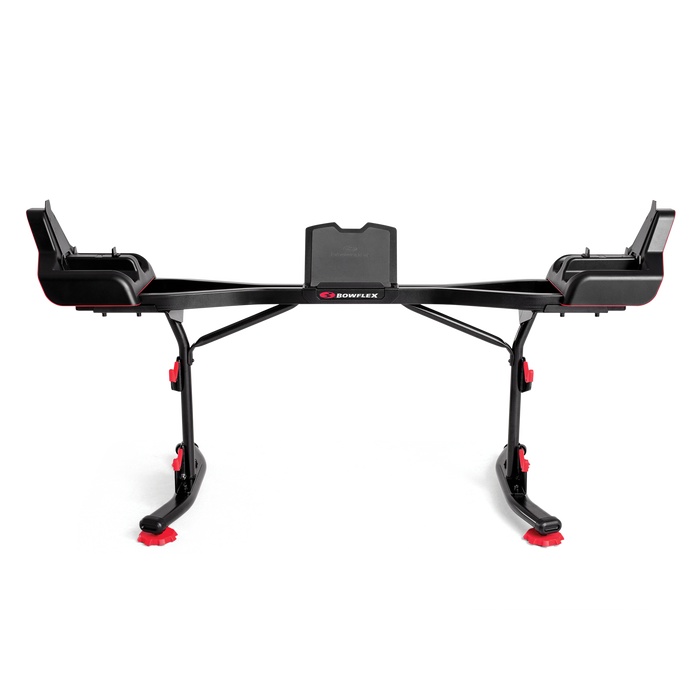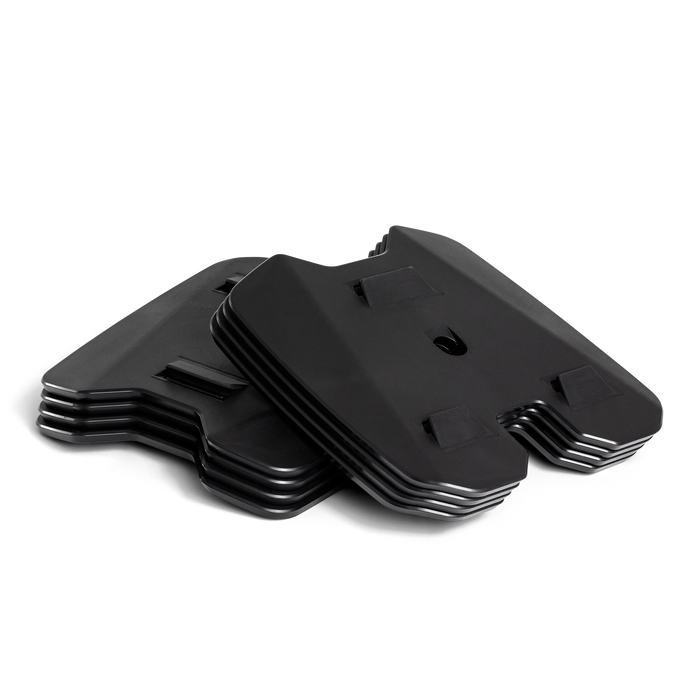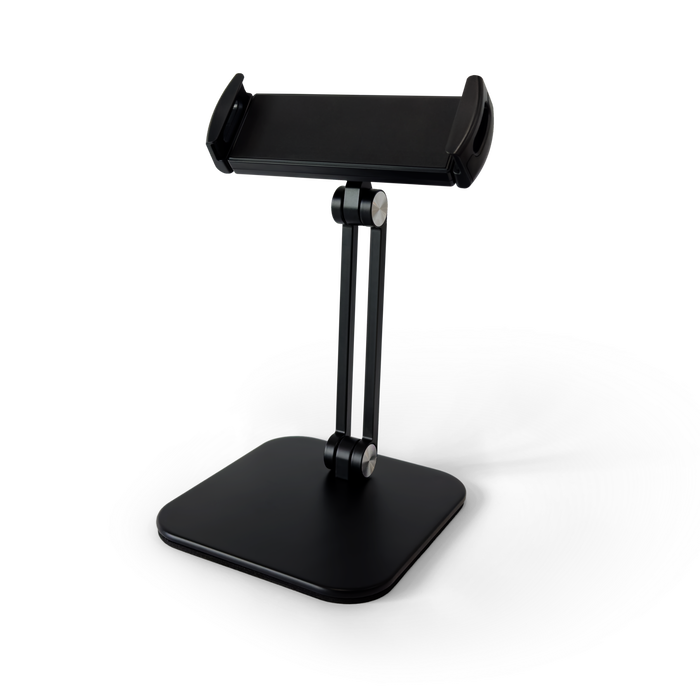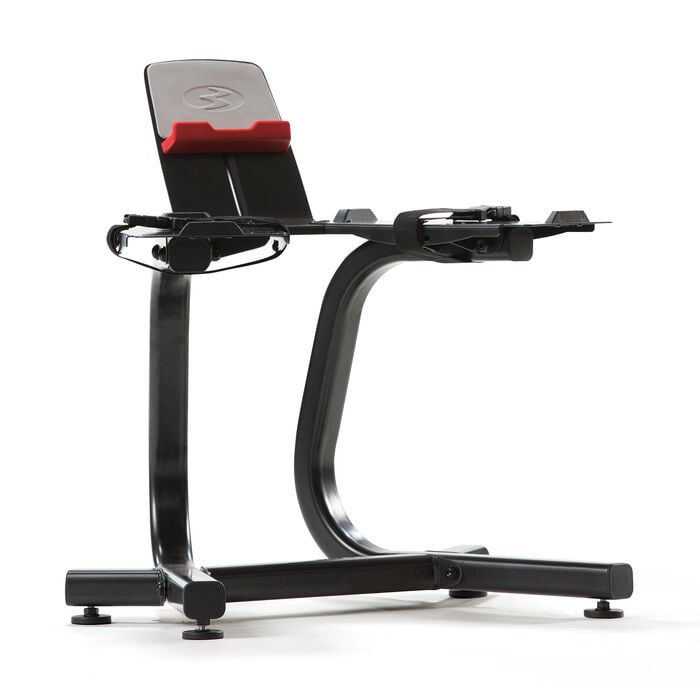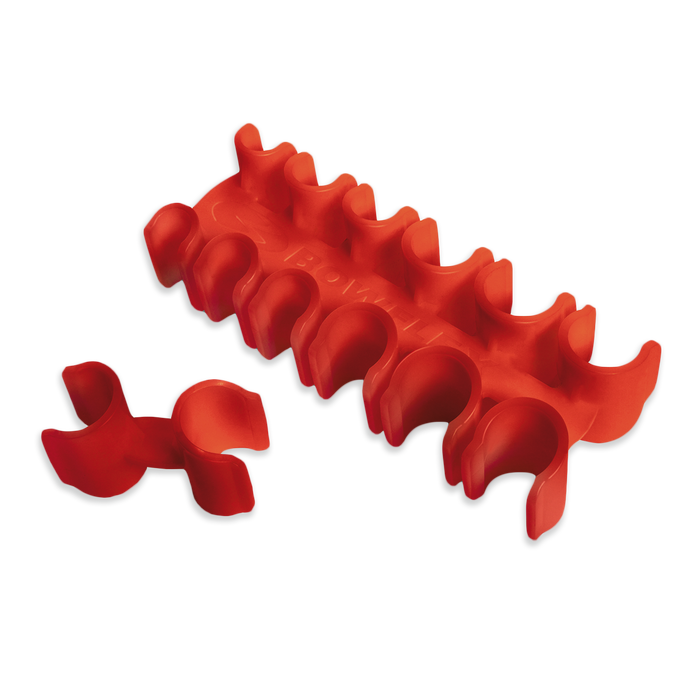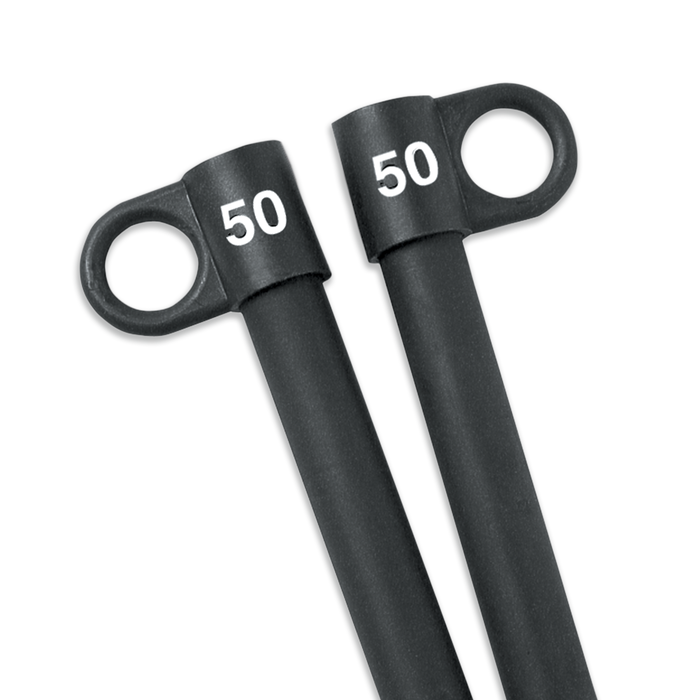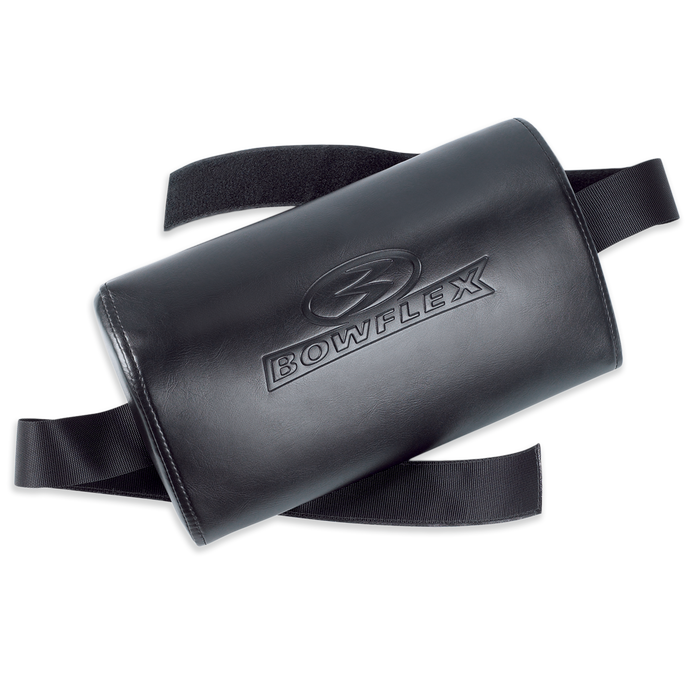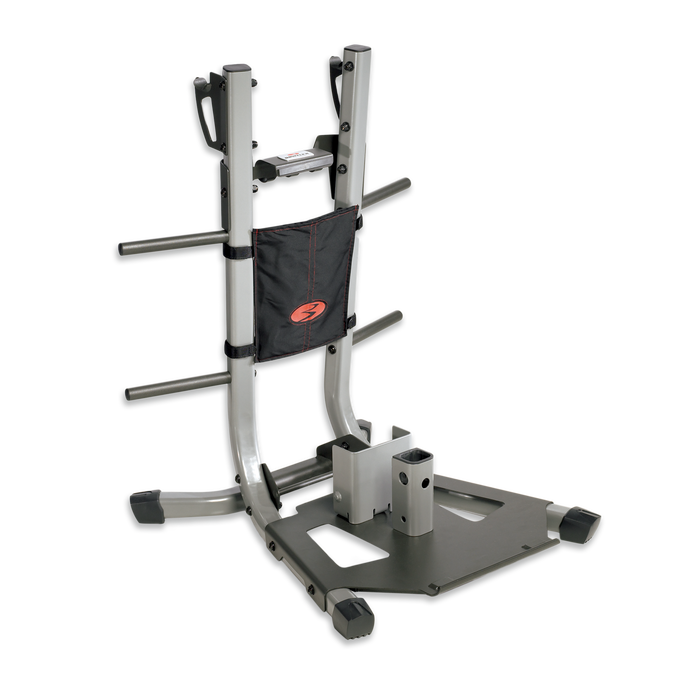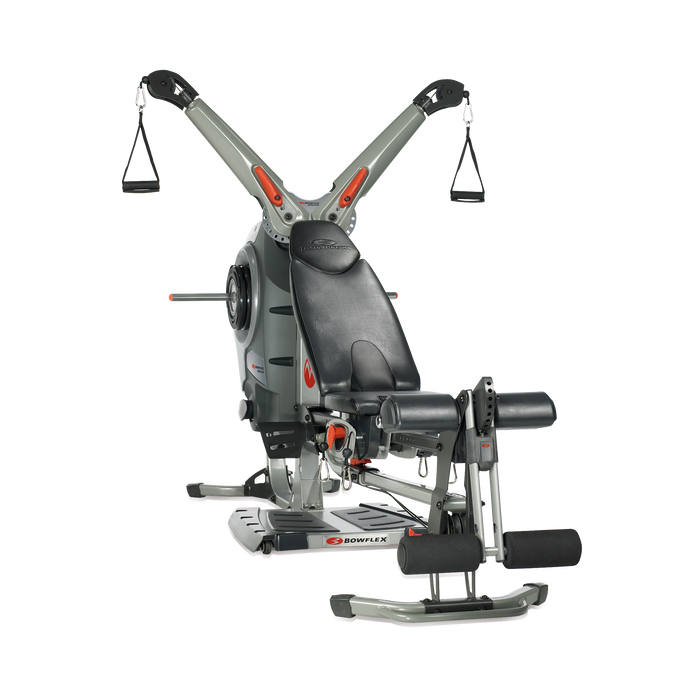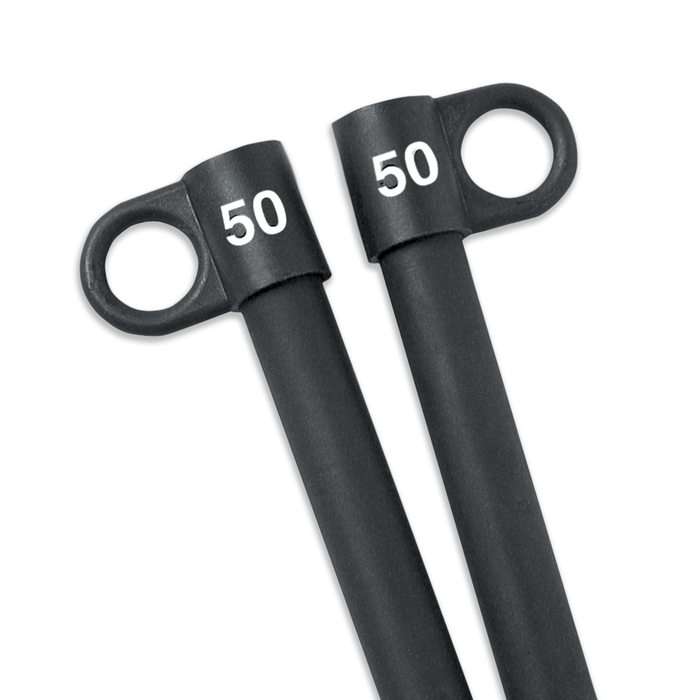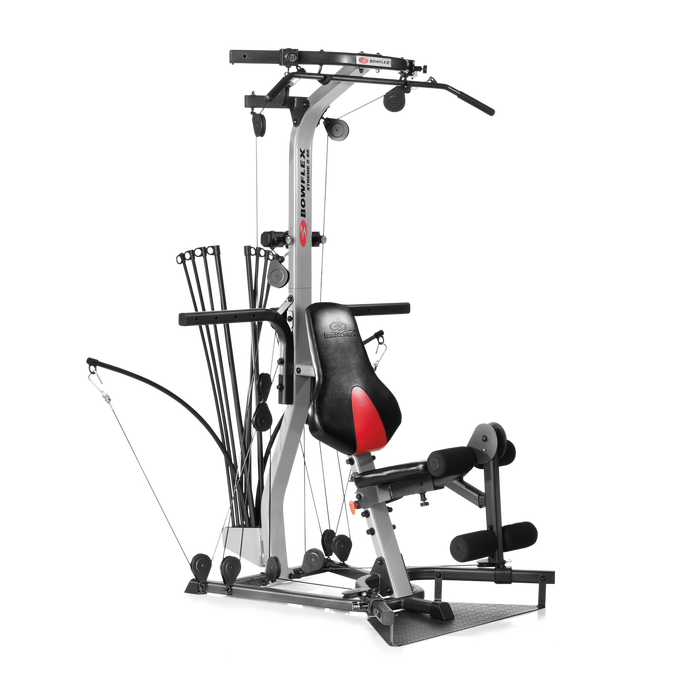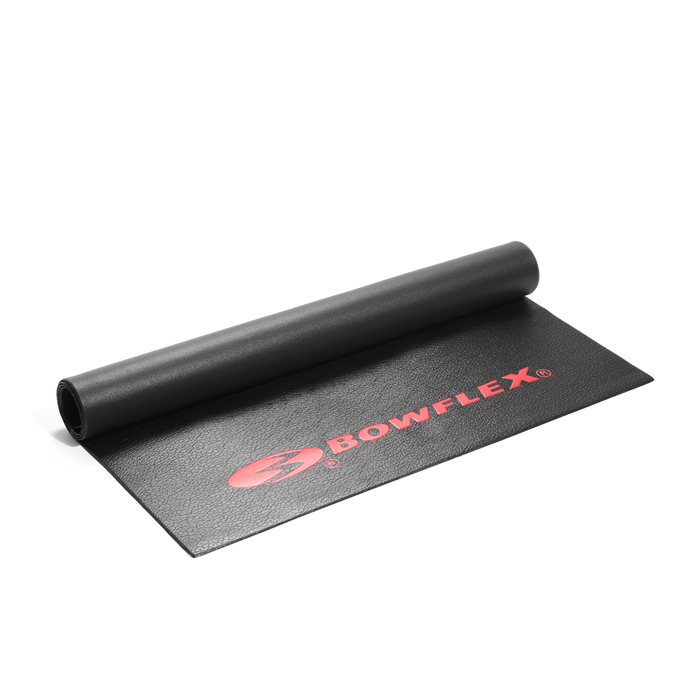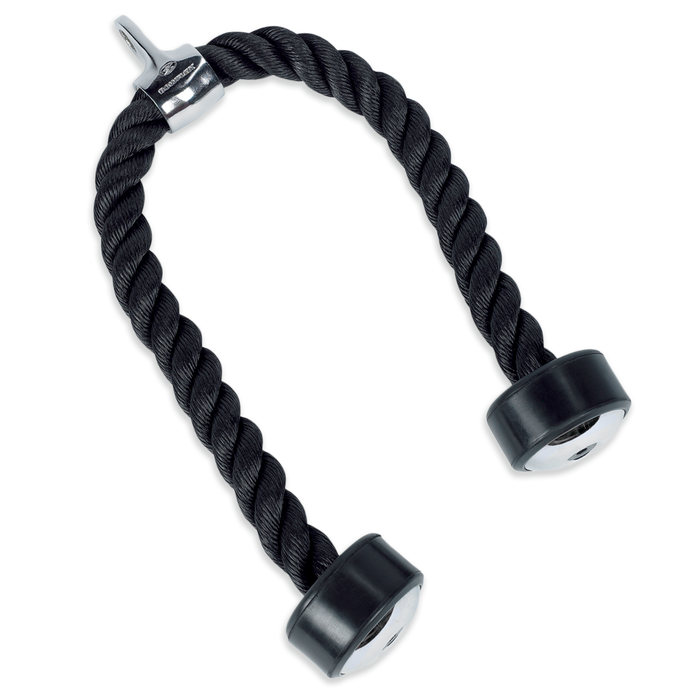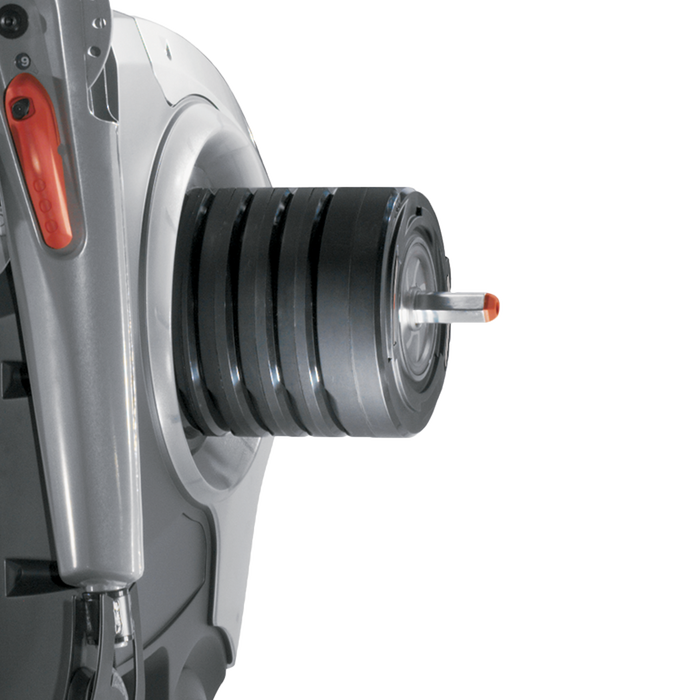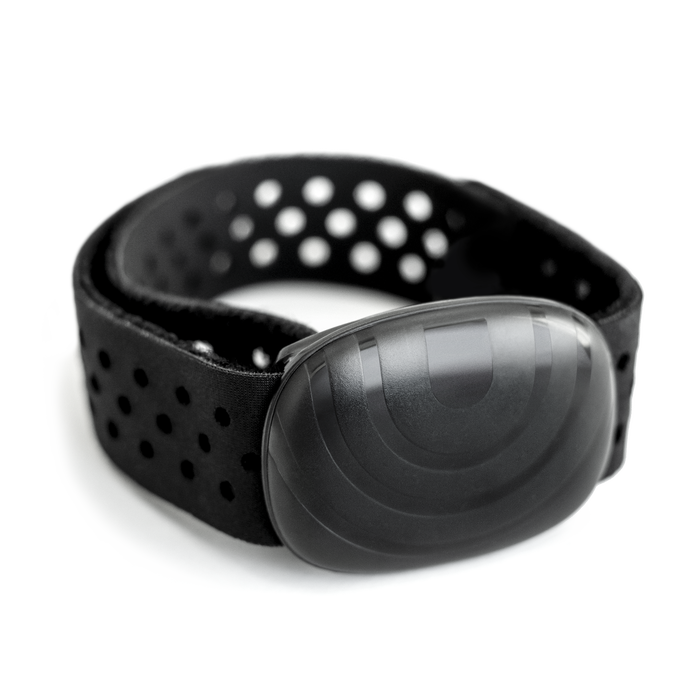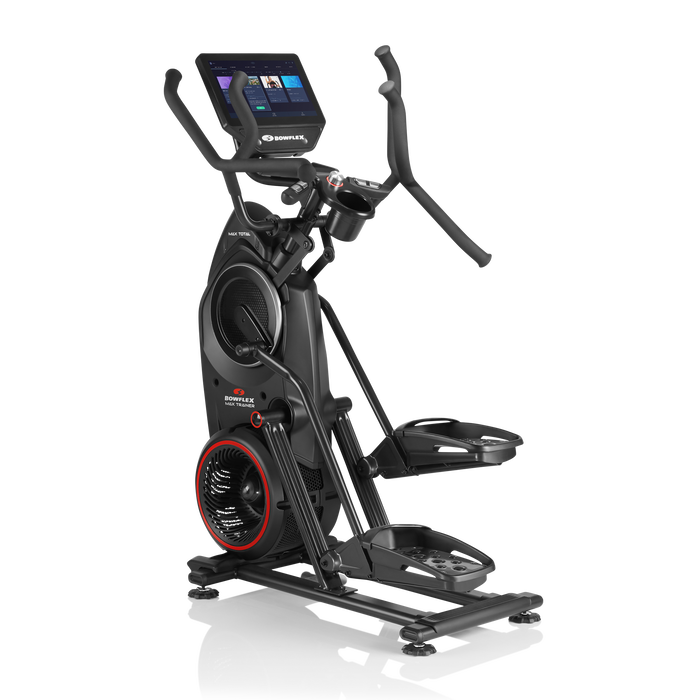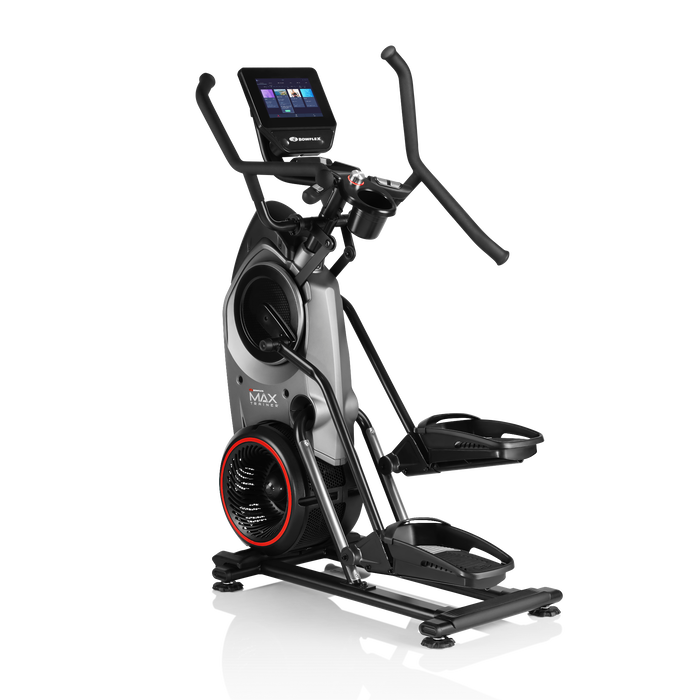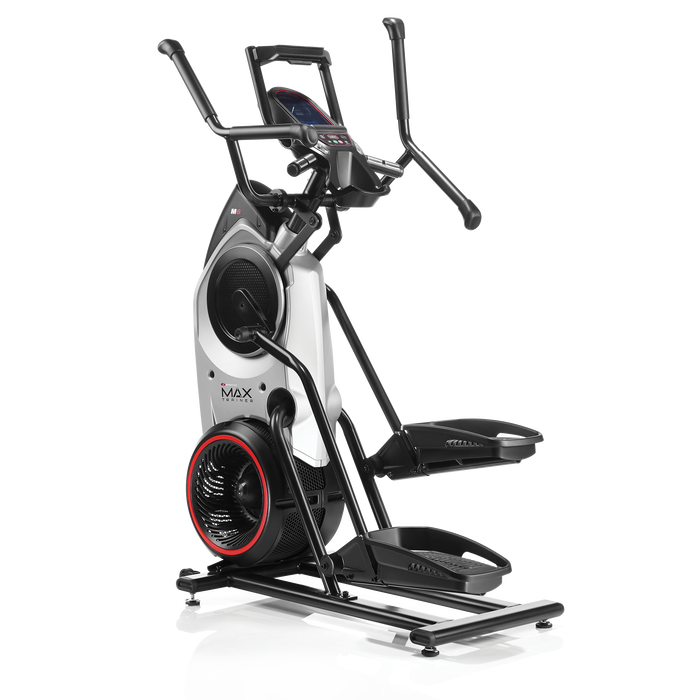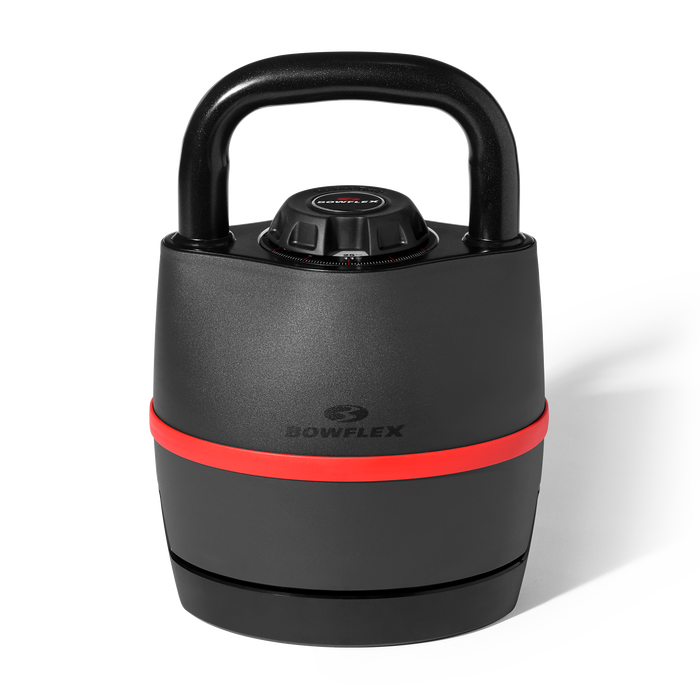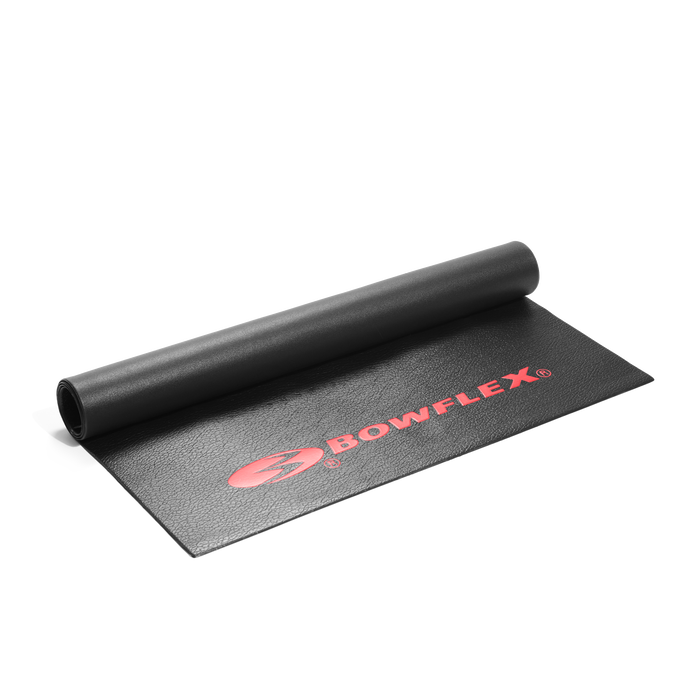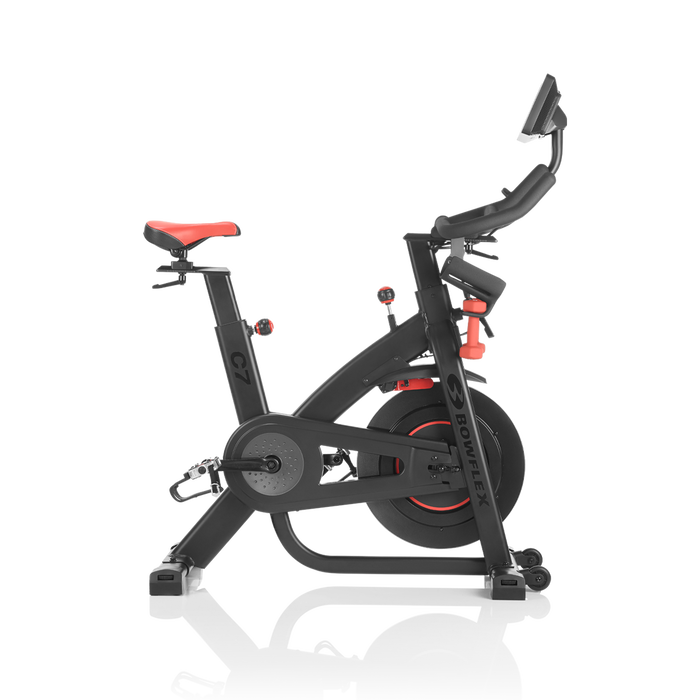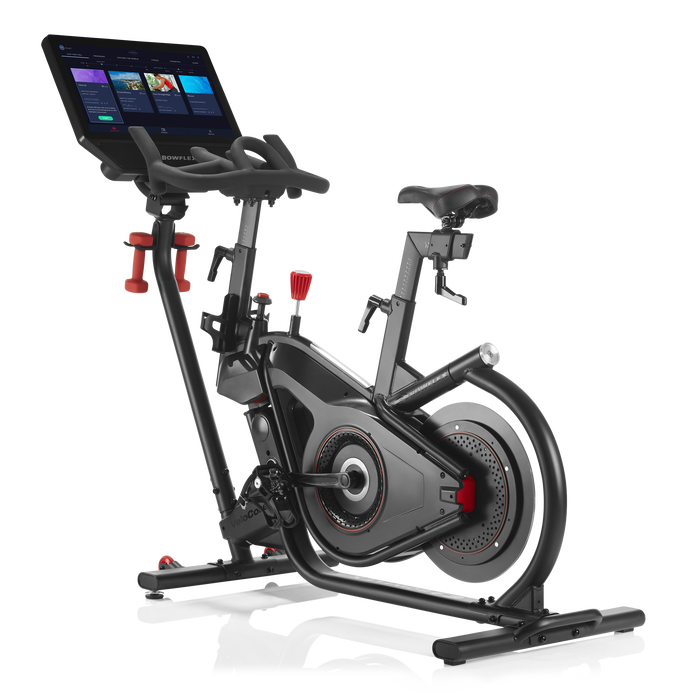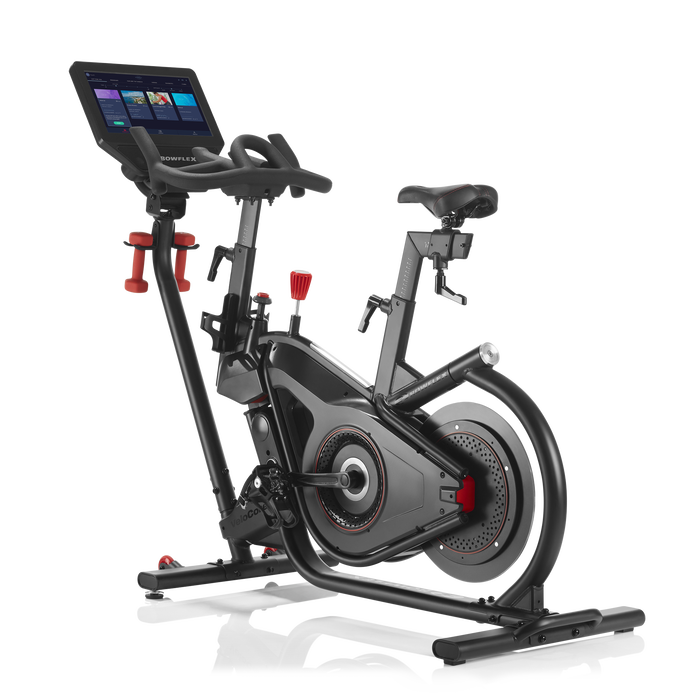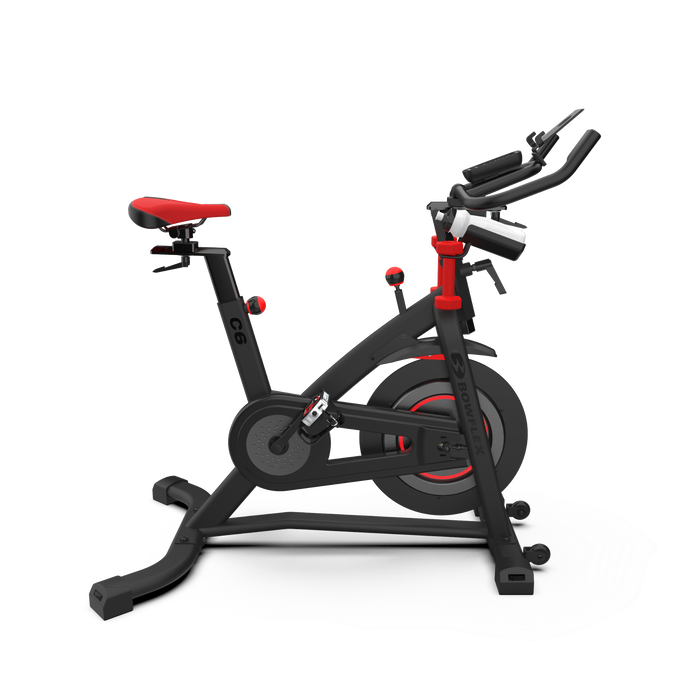5 Ways to Reduce Food Waste

A moldy loaf of bread. Slimy bags of lettuce. Bruised apples. All items in the fresh produce graveyard in our kitchen garbage can because they were past their prime. Bruised apples are salvageable and so too is stale bread and wilted lettuce. Mold and slime are a different story though! Foods on the verge of being inedible can have a second life with a little planning, kitchen tools, and a few ideas on what to do with less than perfect produce.
I know what to do with brown bananas, but what about limp carrots and wilted celery? Between poor meal planning and forgetting what I have on stock, lately I've been throwing away a lot of fresh produce. This leads to two problems: wasted food equals wasted grocery expenses and not always having ingredients needed for a balanced meal. I'm not alone in this: 51% of American households throw away food they bought, but never used, coming to about $640 each year! How can we cut back or eliminate the grocery graveyard?
- Meal Plan
This is by far the best way to keep food waste to a minimum and reduce your grocery bill overall. The more often you go to the grocery store the more you spend. With proper planning the opportunity for food waste is drastically reduced.
- Store Food Properly
Invest in kitchen products that help extend the life of fresh produce such as Fresh Extend or Debbie Meyer Green Bags. There are also plastic and glass food storage containers with different settings for different types of produce that are amazing!
- Use the freezer
Especially for fresh fruit like berries, bananas, and grapes. I also freeze canned items and sauces that are only required in small amounts, but I don't use on a regular basis such as tomato paste, curry paste, and adobe chilies. The healthiest types of bread and bread products lack preservatives to keep them shelf stable very long. So keep them in the freezer and bring out immediately before using. Putting bread in the fridge actually dries it out more quickly.
- Purchase hardier items and smaller quantities of "fragile" veggies
I avoid buying bagged salad mixes because they turn into slimy green globs too quickly. Instead I buy single heads of lettuce like romaine, bib, and red leaf that last longer. If you're more likely to use washed, sliced, or trimmed veggies that are ready to eat/cook, such as baby carrots, pre-sliced mushrooms, and shredded Brussel sprouts (one of my new favorite finds!), spend a few extra dollars. You'll end up eating more vegetables AND save money in the long run.
- Have a few go-to recipes to use edible, but less than perfect food
-
Soups and smoothies — Throw in limp carrots, celery, kale, browned apples, and soft cucumbers.
-
Pesto — Use any green leafy vegetable such as spinach, arugula, cilantro, and parsley.
-
French Toast casserole or strata — Use stale bread for a hearty breakfast dish.
-

